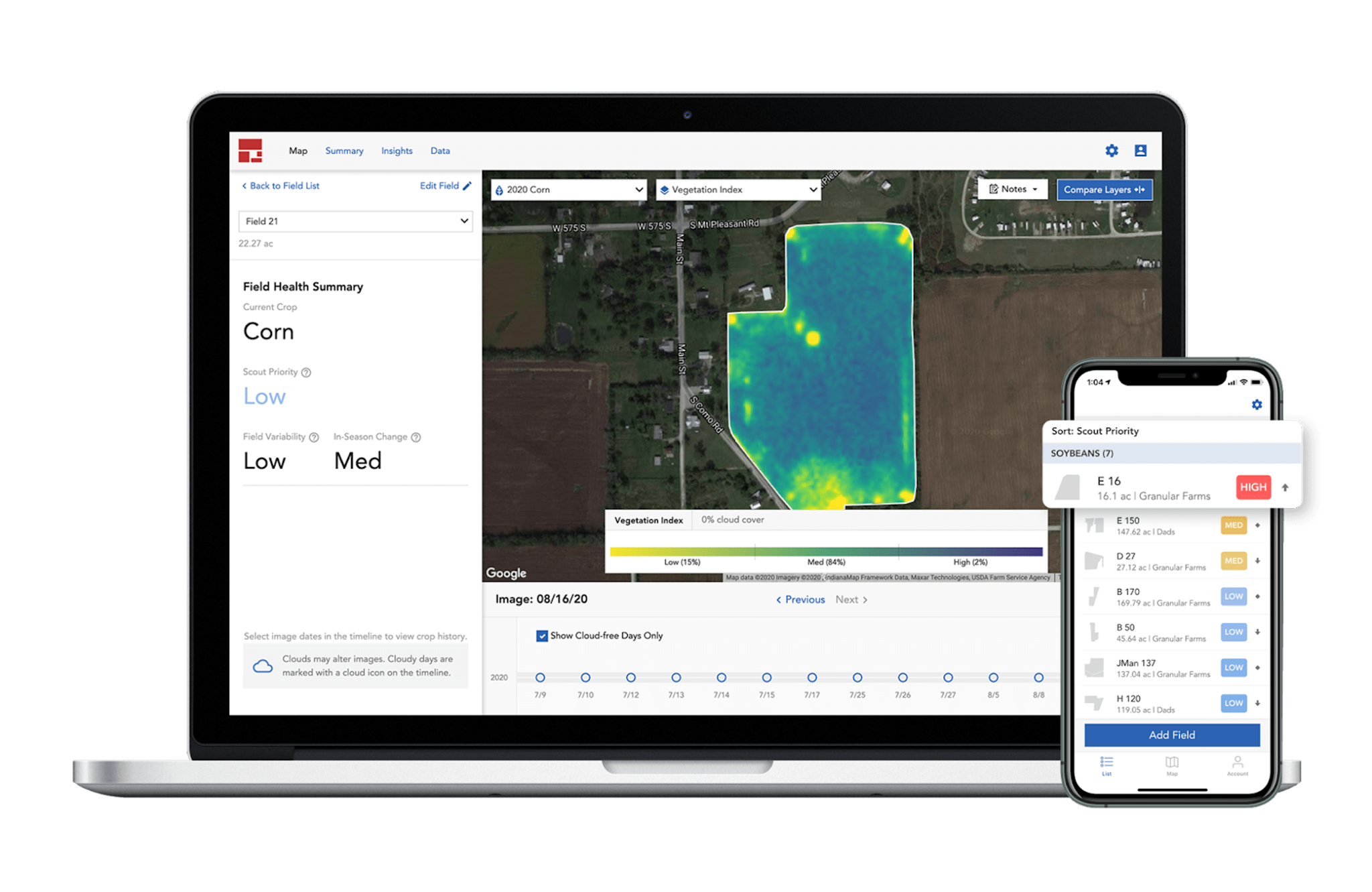Executing a Successful Growing Season Using Satellite Imagery
With the growing season well underway, growers are busy assessing the progress of their crops and considering where and how they need to adjust resources and strategies to optimize their yields. As in the beginning of the growing season, remote sensing data can provide tremendous value to growers, ensuring healthy yields at harvest time. Learn how Planet customers are leveraging our data to gear up for a successful harvest. Earlier this month, Planet entered into a definitive merger agreement with dMY Technology Group, Inc. IV (NYSE:DMYQ), a special purpose acquisition company, to become a publicly-traded company. Monitor crop health in real time. Digitally informed strategies don’t stop once the growing season kicks off. Growers need to make critical decisions at various points throughout the season in order to maximize results and profitability. Many of these decisions are made in response to unanticipated weather variations, like a dry or wet spring, which can both lead to pest infestations and disease outbreaks. By using satellite data, growers can analyze crop health on the fly to make timely decisions about treating new problems. Agronomists and crop consultants benefit too, keeping up with the progress of their customers’ fields remotely. Scout with speed and efficiency. In the past, it was common for growers, their employees, and the companies that serve them to spend hours surveying entire fields to locate and identify crop issues. Thanks to the spatial resolution and frequency of modern satellite imaging, however, those lengthy and costly scouting trips are made more efficient with directed scouting. Farmers use satellite imaging to create detailed maps that quickly and accurately pinpoint affected areas of their crops. By analyzing information about crop health, farmers can identify areas of their fields where crops are stressed. Plus, the digital tools that employ Planet satellite data often include tools that help communicate to employees on handheld devices, easily guiding attention to crops that need to be treated. [caption id="attachment_146836" align="aligncenter" width="1600"]



Ready to Get Started
Connect with a member of our Sales team. We'll help you find the right products and pricing for your needs


